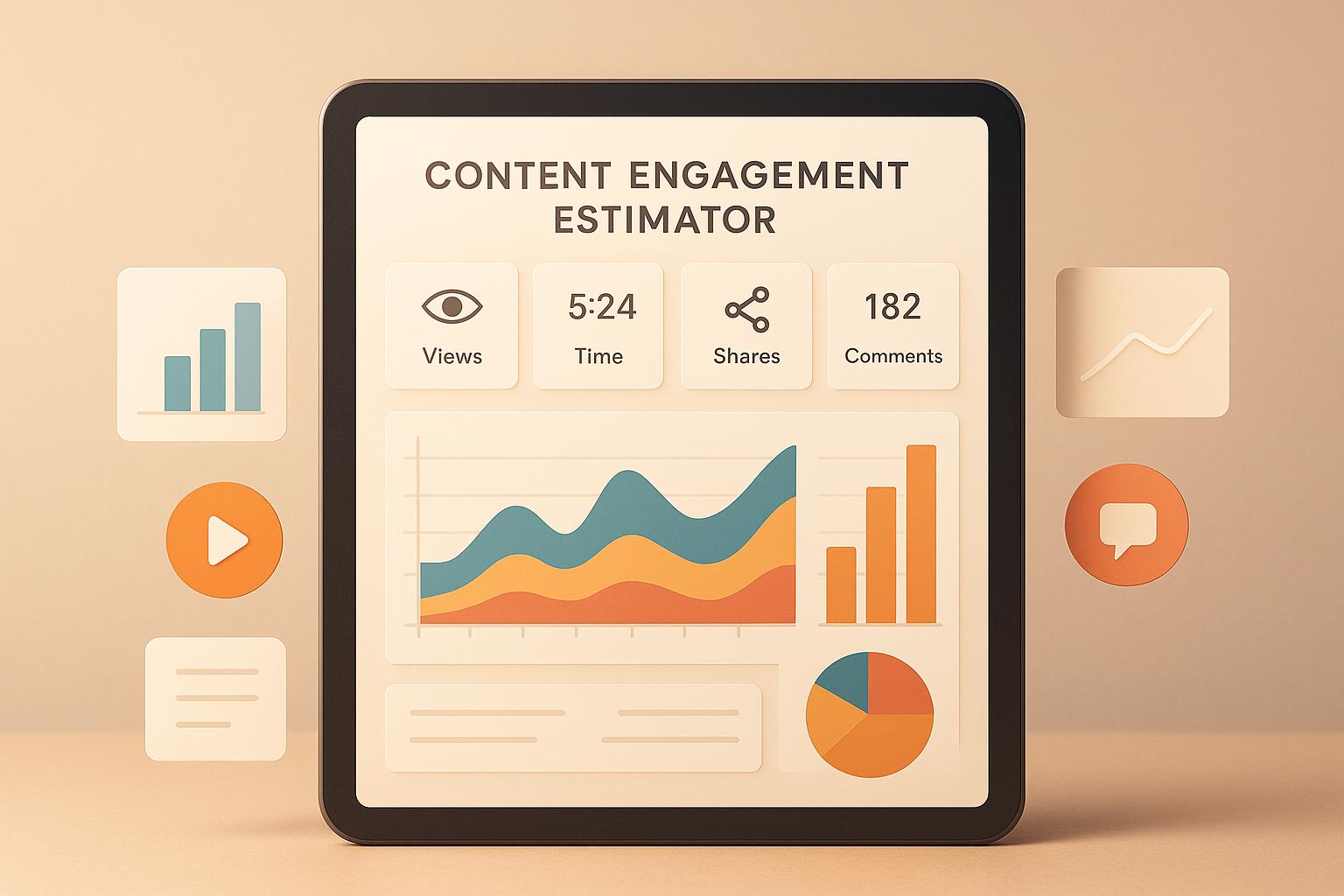‘Technical SEO’ – let’s be honest, it’s not a term that screams excitement and fun!! If SEO was a house, technical SEO would be the plumbing. You can have the prettiest design and the best furniture (aka content), but if things aren’t flowing behind the scenes, it’s all going down the drain.
That’s where this post comes in.
We’re breaking down technical SEO tips you can actually use – no boring stuff, no need to hire a developer for every tweak, and no long-winded theory. Whether your site’s stuck in second gear or you’re just setting things up, these tips will help you build a solid foundation and get search engines smiling your way.
Why Technical SEO Matters
Before we dive in, let’s be clear: you could write the most brilliant blog post in your niche, but if your website takes forever to load or isn’t mobile-friendly, Google’s going to ignore it.
Technical SEO is all about making your site easy for search engines to crawl, index, and rank. Get it wrong, and your hard work could be invisible.
Here’s how to avoid that.

1. Speed Up Your Website (Seriously)
Site speed is a HUGE ranking factor, as well as a user dealbreaker. Think about it – if you visit a site that takes more than a few seconds to load, do you sit around patiently waiting for it?? No – you leave – the bounce rate takes a hit.
Here’s our top technical SEO tips to boost speed:
-
Compress images using tools like TinyPNG
-
Minify CSS, HTML, and JavaScript with plugins like Autoptimize (for WordPress) or via your site builder
-
Use a CDN (Content Delivery Network) like Cloudflare to serve content faster
-
Enable browser caching to reduce load times for repeat visitors
Check your site speed with Google PageSpeed Insights, and follow any instructions it gives you.
2. Make Sure Your Site Is Mobile-Friendly
Mobile traffic isn’t the future – it’s the now. Google switched to mobile-first indexing, which means it looks at your mobile site before your desktop version when deciding where to rank you.
Here’s how to pass the mobile test:
-
Use responsive design that adapts to different screen sizes
-
Avoid teeny-tiny fonts and buttons users can’t tap
-
Ditch popups that cover the whole screen
-
Test your site with Google Chrome’s Mobile-Friendly Test
If your mobile site feels clunky, fix itb! Your future rankings depend on it.
3. Fix Crawl Errors and Broken Links
If Google can’t crawl your site properly, it won’t rank your pages. And if visitors hit dead ends, they won’t stick around.
Here’s what to do:
-
Use Google Search Console to check for crawl errors
-
Run a crawl with Screaming Frog or a free tool like Ahrefs Webmaster Tools
-
Set up 301 redirects for any important pages that moved
-
Replace or remove broken internal and outbound links
These small changes can lead to big improvements in crawlability and UX.
4. Structure Your Site Like a Pro
A clear, logical site structure helps both users and search engines navigate your content. The flatter your structure (i.e. fewer clicks to get to key pages), the better.
Smart technical SEO tips for structure:
-
Use a clear hierarchy: Home > Category > Subcategory > Post
-
Add breadcrumb navigation to help users backtrack easily
-
Link related content with internal links (helps spread authority and keep visitors engaged)
-
Submit a sitemap to Google via Search Console so it knows what to index
Bonus: A solid structure improves your chances of getting sitelinks in search results, and those extra links under your homepage that boost click-through rates.
5. Use HTTPS (And Make Sure It’s Working Properly)
Security isn’t optional anymore. If your site still uses HTTP instead of HTTPS, Google will flag it (not in a good way) and users will bail.
How to check and fix it:
-
Make sure your SSL certificate is installed and working
-
Redirect all HTTP pages to the HTTPS version
-
Update internal links so they point to HTTPS
-
Use a tool like Why No Padlock? to spot insecure elements
This isn’t just a ranking factor, it’s also about trust – and trust is key in 2025.

6. Optimise Your Robots.txt and Meta Tags
These little bits of code tell search engines where they can (and can’t) go.
To get this right:
-
Use robots.txt to block low-value pages (like admin areas or thank-you pages)
-
Add meta noindex tags to pages you don’t want in search results
-
Double-check you haven’t accidentally blocked important content from being crawled
One wrong line in robots.txt can tank your entire SEO strategy, so be careful here.
7. Keep an Eye on Core Web Vitals
Google’s Core Web Vitals are metrics that measure user experience – this includes things like how quickly your page loads, how stable it is while loading, and how fast users can interact with certain elements.
You want to aim for:
-
LCP (Largest Contentful Paint) under 2.5 seconds
-
FID (First Input Delay) under 100ms
-
CLS (Cumulative Layout Shift) under 0.1
You can check these in Google Search Console or PageSpeed Insights. Improving these scores is one of the newer technical SEO tips with serious ranking impact.
Final Thoughts
You don’t need to be a web developer to get your technical SEO game on point. You just need to be methodical – create a checklist, collect the right tools, and a have little patience.
Let’s recap some of the most useful technical SEO tips:
-
Boost site speed and mobile usability
-
Fix broken links and crawl errors
-
Nail your site structure and security
-
Control what search engines can index
-
Monitor performance with Core Web Vitals
If you’ve been focusing all your energy on keywords and content, now’s the time to balance things out behind the scenes. Technical SEO might not be glamorous, but it’s what keeps your site running smoothly and ranking higher.
And if you want to test which changes actually move the needle, you know who to call. (Yes, it’s us – PageTest.AI. We’ll keep your site sharp and your SEO sharper.)



 27-03-2025
27-03-2025 


